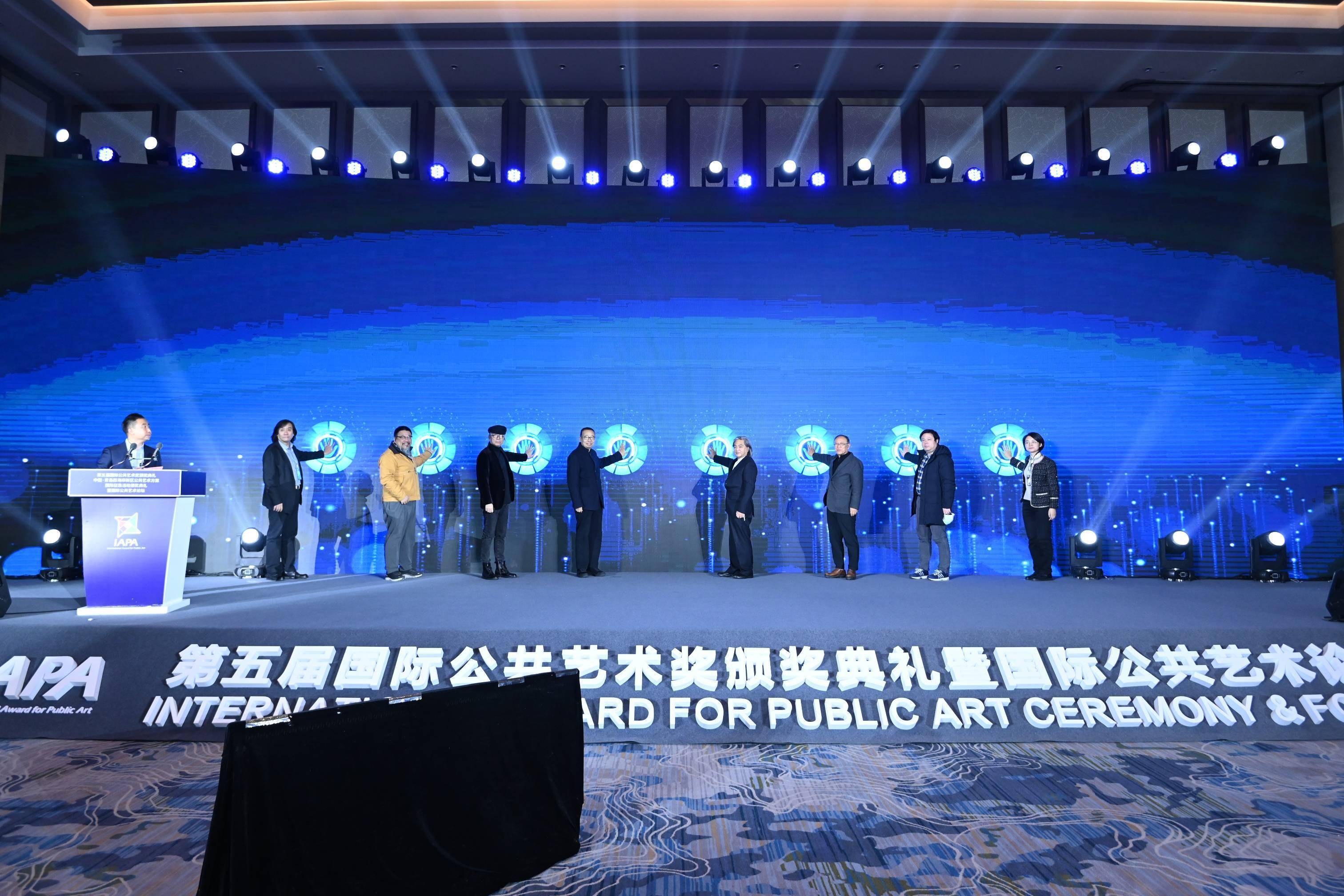Temperature Controller Connectivity with PLC
Temperature Controller Connectivity with PLC refers to the connection of a temperature controller with a PLC (Programmable Logic Controller) system. This connection allows for the integration of temperature control into a larger automation system, providing increased efficiency and precision in temperature management. By connecting the temperature controller to the PLC, operators can more easily monitor and adjust temperatures, ensuring that they are maintained at optimal levels for the specific application. Additionally, this connectivity allows for the integration of other automation features, such as alerts and feedback mechanisms, further enhancing the efficiency and performance of the temperature control system.
Abstract:
The temperature controller, also known as a thermostat, is a crucial component in various industrial and commercial applications, tasked with maintaining a consistent and optimal temperature for processes or products. When it comes to connecting a temperature controller with a PLC (Programmable Logic Controller), the challenge lies in ensuring seamless data communication and integration with the PLC’s software and hardware platform. In this article, we explore the ways to achieve this connectivity, discussing both wired and wireless communication methods, as well as the protocols and interfaces that enable these connections. We also touch on the importance of troubleshooting and testing to ensure a stable and reliable connection is established.

Introduction:
Temperature controllers are used in various industries to monitor and regulate temperatures, playing a vital role in maintaining process continuity and product quality. PLCs, on the other hand, are computer-based systems that perform logical operations based on user-supplied data or programs. When these two devices are integrated, they can work together to automate temperature control processes, reducing the need for manual intervention and increasing efficiency. However, establishing a connection between a temperature controller and a PLC is not always straightforward. It requires understanding of the communication protocols, interfaces, and methods that are involved.
Communication Methods:
When connecting a temperature controller with a PLC, there are two main communication methods to choose from: wired and wireless. Wired communication, as the name suggests, relies on a physical connection between the two devices using cables or wires. This approach is reliable and provides a stable data connection. However, it can be costly to install and maintain, especially in large industrial facilities where cables need to be run over long distances.
Wireless communication, on the other hand, uses radio waves or infrared signals to transmit data between the temperature controller and the PLC. This method has the advantage of being cost-effective and easy to implement in many cases. It also allows for more flexibility in device placement, as cables do not need to be run between the two devices. However, wireless communication can be subject to interference from other devices or sources, which can affect data reliability.

Protocols and Interfaces:
To ensure a smooth connection between a temperature controller and a PLC, it is essential to understand the protocols and interfaces that are involved. Protocols are sets of rules that define how data is to be transmitted between devices, while interfaces are the physical or logical connections that enable these protocols to work. Common protocols used in temperature control systems include Modbus, BACnet, and Profinet, each of which has its own set of rules and specifications.
When selecting a protocol for your application, it is important to consider factors such as data reliability, speed of communication, and cost of implementation. Similarly, interfaces play a crucial role in connecting the temperature controller with the PLC. Common interfaces include RS-232, RS-485, and Ethernet, each of which has its own set of characteristics and limitations.
Implementation:
Once you have selected a communication method and protocol for your application, it is time to implement the connection. This process involves configuring both the temperature controller and the PLC to use the selected protocol and interface. On the temperature controller side, this may involve setting up communication parameters such as baud rate, parity, and stop bits. On the PLC side, this may involve writing code to read data from the temperature controller using the selected protocol’s API or library.

Once the connection has been implemented, it is essential to test it to ensure that it is working correctly. This testing process should include both functionality testing (to ensure that the system can read temperatures from the sensor and control the heater or cooler accordingly) and performance testing (to evaluate how well the system performs under various conditions). After testing has been completed and any issues have been resolved, you can deploy your system into production use with confidence that it will work reliably for years to come.
Conclusion:
Connecting a temperature controller with a PLC can be challenging but rewarding once completed successfully. By understanding the communication methods, protocols, and interfaces involved in this process, you can make an informed decision on how best to implement this integration in your specific application or environment. Whether you choose wired or wireless communication methods initially depends on your budget constraints; however, having a plan for future expansion or modification allows for flexibility in case there are changes needed later on down the line (e.g., addition of more sensors).
Articles related to the knowledge points of this article:
PLC Wiring for Servo Controllers
The Replacement of PLC by Motion Controllers
Hanchuan PLC Controller Manufacturers: A Look into Their Business and Products
Title: Shanxi Huichuan PLC Controller: A Comprehensive Review